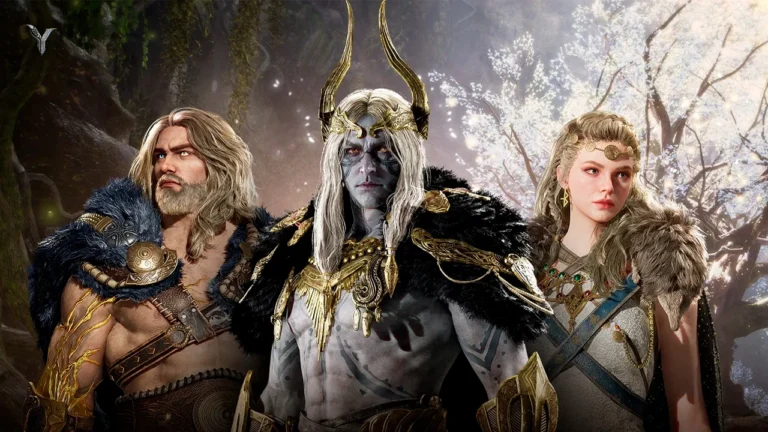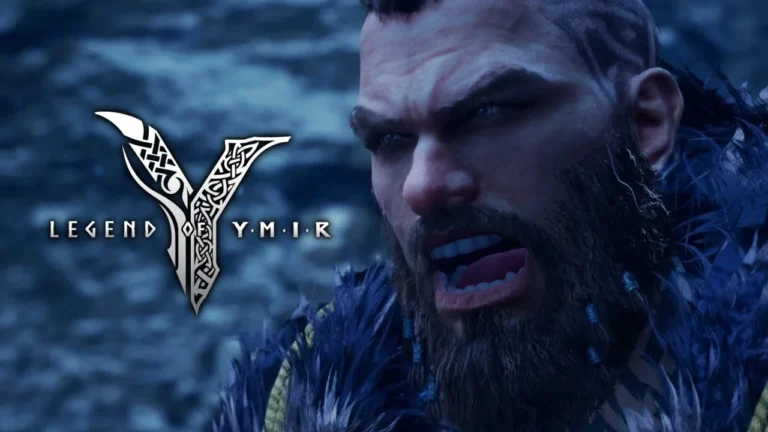Few games have shaped the competitive FPS scene like Counter-Strike: Global Offensive. Known worldwide as CS:GO, the title became a benchmark for skill-based shooters and a central pillar of esports. Since its debut, it has attracted millions of players, professional tournaments, and a thriving skin trading market with the question: when is the CSGO release date?
The CSGO release date marks a turning point in the history of online shooters. Understanding when it launched — and how it led to Counter-Strike 2 — helps players appreciate the franchise’s journey and evolution.
Yet about the CSGO release date, even more, as the series transitions into CS2, knowing the timeline of events reveals how Valve maintained its dominance in competitive gaming for more than a decade.
When did CSGO come out and why was it so impactful?
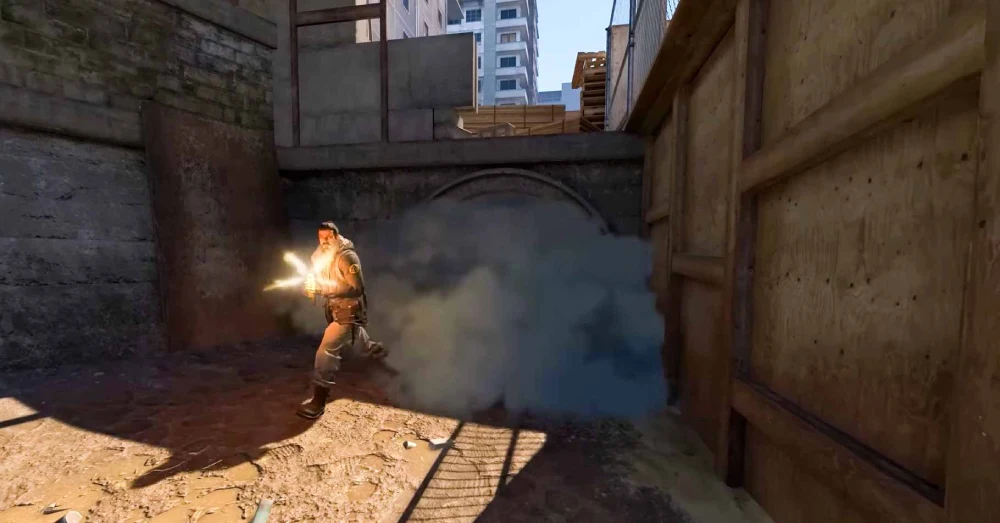
CS:GO was officially released on August 21, 2012, for Windows, macOS, Xbox 360, and PlayStation 3. Built on the Source engine, it introduced refined mechanics, updated visuals, and modern matchmaking features that the original Counter-Strike 1.6 and Source versions lacked.
In the first place, its launch unified the casual and competitive communities under one platform. This allowed for standardized rulesets, consistent updates, and direct integration with Steam’s ecosystem.
Early platforms and competitive scene
When CS:GO launched, it immediately became a staple in esports. Major tournaments like DreamHack and ESL began hosting CS:GO events within months. By 2013, Valve introduced the first CS:GO Major, setting the stage for a decade of professional dominance.
Check also: Counter-Strike: Global Offensive – An Esports Phenomenon
Key launch facts:
- Release date: August 21, 2012
- Platforms: PC, macOS, Xbox 360, PS3
- Competitive debut: Late 2012 with third-party tournaments
When is CS2 release date and what to expect from the sequel?
Valve officially launched Counter-Strike 2 on September 27, 2023, marking the next era of the franchise. Built on the Source 2 engine, CS2 introduced visual overhauls, physics improvements, and enhanced server technology.
The shift from CS:GO to CS2 mirrors the historical evolution of the series — from the original Half-Life mod to standalone releases, each leap pushing competitive FPS standards forward.
Main upgrades from CS:GO to CS2
Here’s a quick comparison of core changes:
| Feature | CS:GO | CS2 |
| Engine | Source | Source 2 |
| Tick rate | 64/128 tick | Sub-tick architecture |
| Visuals | Static lighting | Dynamic global illumination |
| Smokes | Static 2D effect | Volumetric and dynamic |
| Map updates | Periodic reworks | Full overhauls and rebuilds |
You may also like it: The Hype Around CS2 Red Stickers and tips to manage your skin inventory
How to prepare for CS2 after years of CSGO
Transitioning from CS:GO to CS2 involves adapting to new mechanics and visuals while maintaining your core skills. Many professional teams used the CS2 limited test period to adjust their strategies, explore updated utility lineups, and fine-tune aim under the new tick system.
Preparation checklist:
- Relearn map angles due to lighting and geometry changes.
- Practice utility throws to adapt to dynamic smokes.
- Adjust crosshair placement based on refined hitboxes.
Above all, connection stability becomes even more crucial with CS2’s competitive pacing. That’s why many players rely on ExitLag to maintain low ping and avoid packet loss during intense matches.
What happened to the original CSGO after CS2 release?
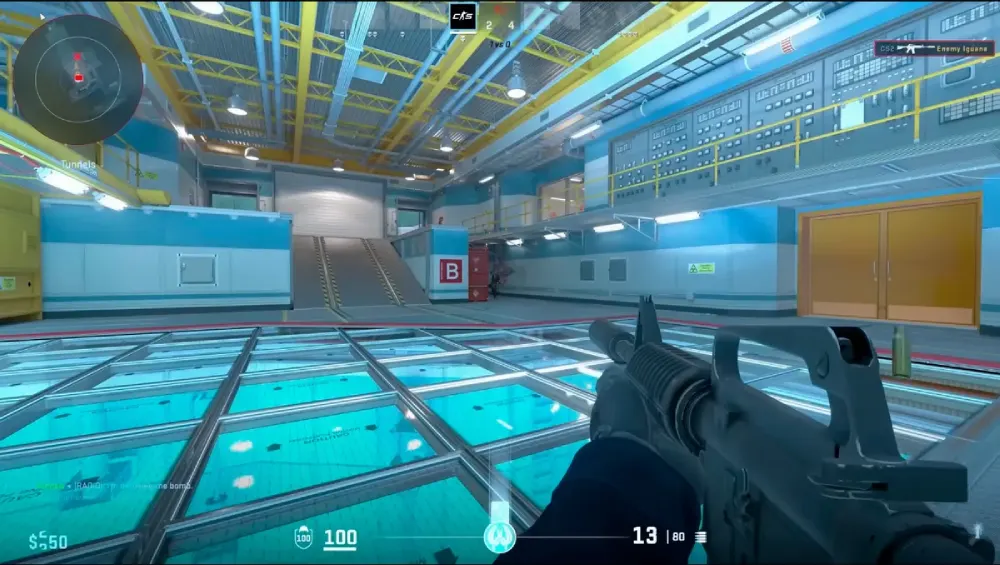
When Counter-Strike 2 launched in September 2023, it marked the end of an era that began with the CSGO release date on August 21, 2012. That launch was more than just a new title in the franchise — it was the start of a decade-long reign as one of the most-played and most-watched games in the world.
The transition from CS:GO to CS2 was swift. Valve replaced the CS:GO client on Steam entirely, meaning new players could no longer download it directly. For many fans, this shift felt like closing a chapter in gaming history that began the moment the CSGO release date arrived.
However, not all traces of CS:GO disappeared. Players who already had the game installed could still access offline modes or join community servers hosting classic maps and gameplay settings. These legacy servers keep the spirit of CS:GO alive, even without official matchmaking support.
Key points about CS:GO after CS2’s release:
- The CSGO release date marks the last major title in the series before CS2.
- The original game is unavailable for new downloads on Steam.
- Community servers preserve the old experience for dedicated fans.
- Competitive esports have moved entirely to CS2.
Check also: CS2 Stash and inventory management guide to keep the best items
Is CS:GO still playable in 2025?
Many players still ask: is CS:GO still playable in 2025? The answer depends on how you define “playable.” Officially, CS:GO’s competitive matchmaking ended when CS2 launched. But thanks to the community, parts of the game are still alive.
Some players keep old installations specifically to enjoy the version tied to the CSGO release date, whether for nostalgia or practice. Others join modded servers running the classic rulesets, weapon balances, and map designs from CS:GO’s peak years.
From the same point of view, the situation mirrors what happened after earlier titles in the franchise were replaced. Following the CSGO release date, older versions like Counter-Strike: Source remained available but shifted into niche community spaces rather than mainstream competitive play.
What are the main differences between CSGO and CS2?
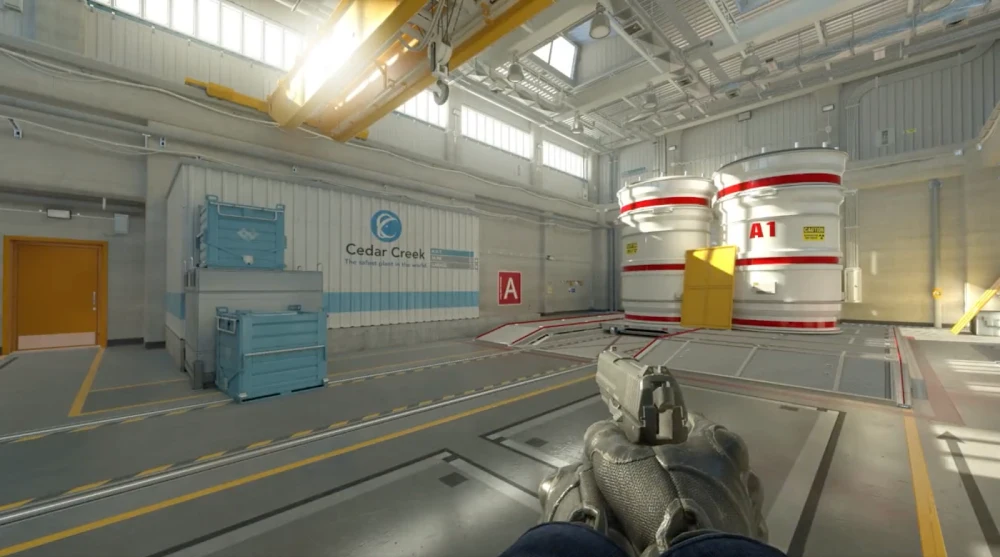
The jump from CS:GO to CS2 is more than just a visual upgrade — it’s a complete re-engineering of how the game runs, plays, and feels. For players who have been around since the CSGO release date, these changes can feel both refreshing and challenging.
Engine and visual upgrades
- CS2 runs on the Source 2 engine, replacing the older Source engine from the CSGO release date era.
- Global illumination and dynamic lighting improve visibility and realism.
- Map geometry has been rebuilt for better movement flow and competitive balance.
Gameplay and mechanics
- Sub-tick architecture ensures player actions are registered instantly, eliminating the tick rate limitations of CS:GO.
- Dynamic smokes create volumetric effects visible equally to all players, unlike the static smokes of the CSGO release date version.
Read also: CS2 Patch Notes Breakdown: what it fixes, new features and much more
Preparing for CS2 after years of CSGO
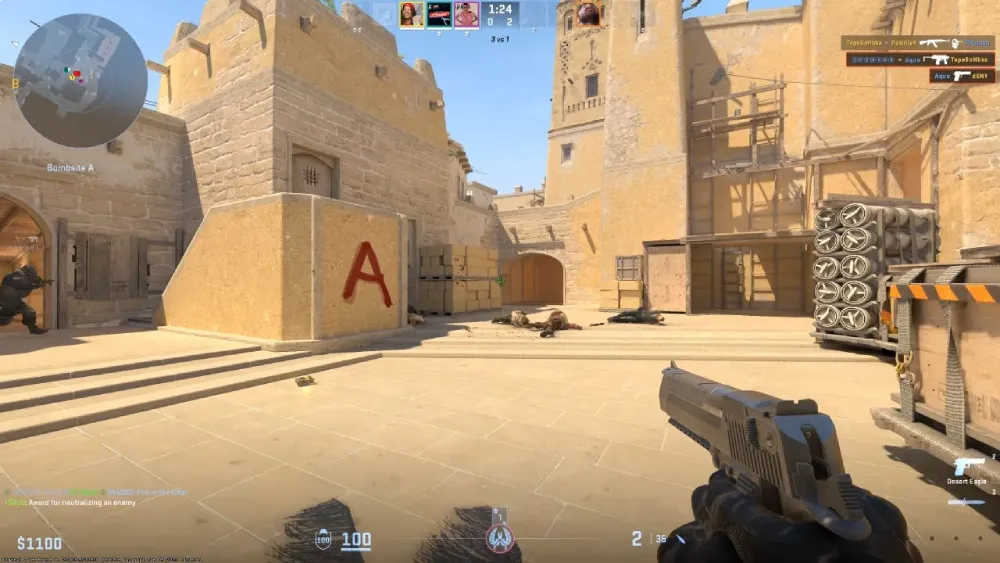
Players who have been active since the CSGO release date often find transitioning to CS2 easier in terms of fundamentals, but challenging when it comes to adapting to the new mechanics.
Preparation tips:
- Learn how dynamic smokes affect utility usage.
- Explore rebuilt maps to find new angles and cover spots.
- Adjust aim for refined hitboxes and improved visibility.
- Practice movement for more responsive physics.
The more familiar you are with CS2’s changes, the faster you can take advantage of them in competitive play.
Why ExitLag is essential for CS2 players
From the CSGO release date to the CS2 era, connection stability has been a key factor in performance. A fraction of a second in latency can decide whether you win or lose an engagement.
ExitLag ensures:
- Optimized routing to the nearest CS2 servers.
- Minimal packet loss and ping spikes.
- Consistent performance across regions.
Above all, with competitive matches often decided in milliseconds, maintaining a smooth connection is just as important today as it was on the CSGO release date.
Read also: CS2 Update and Patch Overview
FAQ — everything you need to know about the CSGO release date and CS2
The CSGO release date was August 21, 2012. The game launched for Windows, macOS, Xbox 360, and PlayStation 3, quickly becoming a benchmark for competitive FPS titles.
Counter-Strike 2 launched on September 27, 2023, introducing major gameplay changes like sub-tick updates, dynamic smoke grenades, and full visual overhauls.
The original CS:GO client is no longer on Steam for new players. Those who already had it installed before CS2’s launch can still access offline modes or community servers, but official matchmaking is exclusive to CS2.
You can’t officially download CS:GO from Steam anymore. Access is limited to archived versions or community servers, which lack official support and can carry security risks.
CS2 uses the Source 2 engine with sub-tick architecture, real-time global illumination, and fully rebuilt maps, while CS:GO ran on the older Source engine with 64/128 tick servers and static smokes.
Conclusion: mastering CS2 begins with knowing the CSGO release date
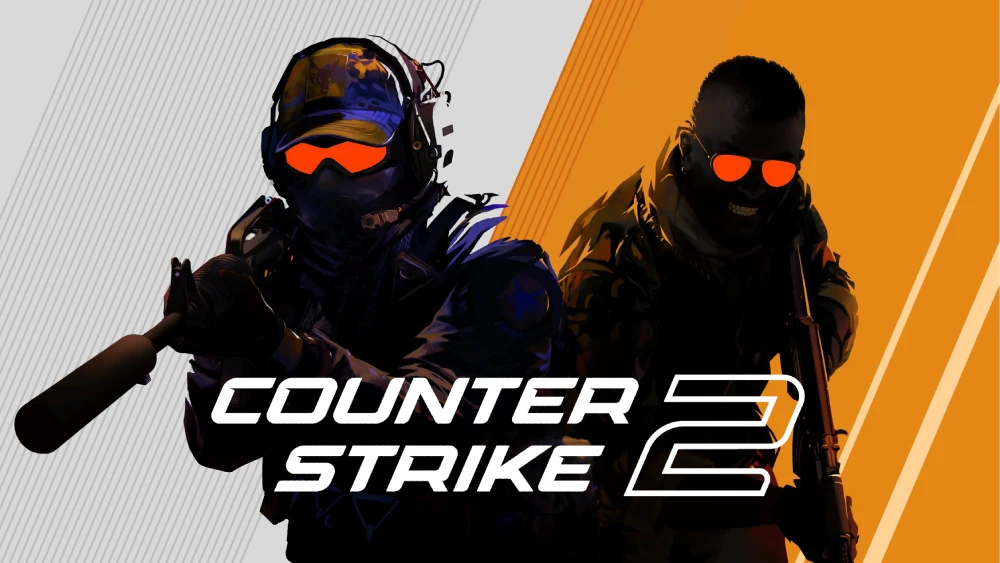
From its CSGO release date in 2012 to the CS2 launch in 2023, Counter-Strike has evolved into a faster, more dynamic, and visually stunning competitive shooter. This history shapes how players approach the game today — and why understanding the transition helps you adapt faster.
Above all, regardless of the version, a stable connection remains critical. CS2’s advanced physics, responsive input, and dynamic environments mean every millisecond counts.
That’s where ExitLag comes in. By optimizing your route to the nearest CS2 server, it minimizes ping, prevents packet loss, and ensures your inputs are registered instantly. This can be the difference between winning or losing a round.
With ExitLag, you can:
- Keep your connection stable during intense matches.
- Reduce latency spikes after updates or server changes.
- Maintain perfect hit registration even in cross-region queues.
Don’t let poor routing cost you a game. From the CSGO release date to the modern CS2 era, competitive success has always depended on precision — in aim, in strategy, and in connectivity. Download ExitLag today and take control of your performance in Counter-Strike 2.
